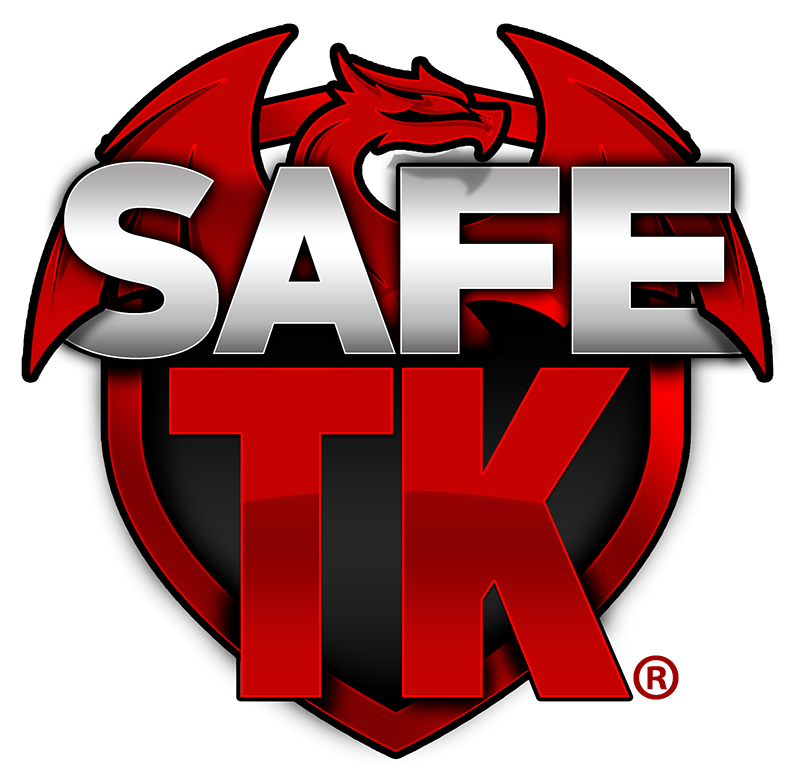Workflow Management Software for Chemical Manufacturing

Companies are adapting to the transformation of the chemical manufacturing industry by the digital world. This transformation coincides with challenges either to a specific organization, or the existing technology and resources. Other areas include meeting increasingly demanding standards and practices, challenges that are faced by all companies. By combining both physical and digital technology, such as Workflow Management Systems, organizations are able to promote growth while streamlining operations.
Ready to Adapt
Until the last couple of years, the largest portion of safety professionals would only allow for an installed software solution on a local system. According to one survey in 2019, the EHS sector is in the midst of a substantial conversion from locally installed software to cloud-based solutions. Current reviews suggest that as many as 9 in 10 EHS leaders are considering a transition to a cloud deployment for their safety management needs. – Two of the key areas which have been defined by executives most often to implement these types of systems are Performance Management and Safety Management.
The evolution of technology and increased understanding of its usage has caused a significant influence on the EHS sector. The most commonly cited motivation is the growing accessibility of technology that can be utilized to manage and eliminate the most prevalent pain points of an organization
What is SaaS?
SaaS stands for “Software as a Service” and is often used in conjunction with the terminology of “cloud computing”. SaaS functions as a business model where clients pay to use software hosted on a remote computer in a separate and secure location removed from the client’s office.
Currently, the majority of businesses globally have access to and use a SaaS based system through software like email, Microsoft Office, Customer Relationship Management (CRM) systems, payroll, and various database systems.
Recently there has been an immense uptick in SaaS usage as significant technological advances and software have become increasingly developed and evolved.
A Workflow Management System provides the user with an array of substantial benefits that outperform traditional software. Primarily among these benefits is the ability to store data remotely on secure servers while allowing the user to access the data through a network. With only a password and username, the client has the ability to access the system from any device and location.
The employment of SaaS has become universally accepted by organizations and industries around the world. However, the EHS sector has shown a significant reluctance to transition to these systems compared to other sectors.
Ease of Accessibility
One of the greatest advantages of transitioning to a Workflow Management System is the ease of access. SaaS platforms provide continuity by allowing for easy utilization from multiple devices in any location. With a simple login, users are able to access a system that is empowered and evolving with swiftly deployed releases that are built around the requirements of the market. These features are implemented in the background to provide an interruption-free upgrade for the client. A Workflow Management System specializes in development and is able to create deployments that are clearer, more concise, and effective. An experienced team of subject matter experts bring an increased familiarity with the needs of the industry and the ability to use that knowledge to manage any challenge that an organization might encounter.
Speed, Ease and Cost Efficiencies
Among the many benefits of a cloud-based solution, there is also the ease and cost efficiency of deployment within a company. Locally installed applications are dependent upon the hardware required, initial infrastructure configuration, and training costs. When using a Workflow Management System the provider has previously deployed the solution numerous times across many locations and scenarios. While there is still a period of initial configuration, the process has already been streamlined allowing for a significantly lower initial investment of time and resources. Additionally, an established Workflow Management System creator maintains a team of experienced professionals who are already highly adept at establishing a new account from their location thus negating the need for on-site travel to implement the platform, bringing down costs.
Often the execution necessitates the software to be scaled to the needs of the user. A Workflow Management System is designed to meet the need for flexibility and allow for usage to be upscaled or downscaled alongside usage need. The nature of a cloud-based platform’s ability to be scaled enables users to easily access or move their accounts. With a Workflow Management System, these changes can be performed from any device and location. This allows safety professionals who manage multiple sites to narrow in on the performance of an individual site or have an overview of all performance information contained in a single secure location. With a Saas Solution, EHS leaders are able to manage cumulative data and measure performance – tasks which are far more complicated when the data is housed locally.
A reputable Workflow Management System provides the security of the finest service and a team committed to continuous safekeeping of data. This enhanced protection allows for a continuity of operations that is superior to a locally based system, enabling an organization to return to function in a shorter time.
What’s in a Workflow System
An all-inclusive Workflow Management SaaS is tailored to the needs of safety permitting and the various sectors that may need an electronic permitting process for their company. Accessible via the web, smart phone, or tablet, Workflow systems are created to further streamline your business’s day to day activities through its highly developed Application Programming Interface (API). It is through this API that virtually any system can fully integrate.
Some of the more common permit groups or modules include:
· Safety Procedure Permit
· Energized Electrical Work Permit
· Hot Work Permit
· Confined Space Permit
· Lockout Tagout Permit
· Work Permit
· Request Isolation Permit
· Custom Permit Creation
GHS Labelling Solution
The GHS Labelling Module allows for the ability to manage products for the entire site as well as a batch creation process. Create and define samples with quick and efficient label printing of any label and size. SafeTK® also has the ability to work with a provider to provide durable custom thermal labels.
At every step in your permitting process, you may have varying groups who are allowed to perform certain actions. With every single function and action inside the application controlled by permissions, you can ensure that every individual is able to perform their particular duties every single day.
Some of the other benefits to a cloud-based solution are:
Increased Compliance
Full compliance through workforce qualification checks and automatic identification of non-compliant users. This provides complete control of all Permit to Work activity, with an emphasis on permits being accurately completed.
No step can be bypassed, employees must adhere to your SOPs.
Improved Awareness
The capability to view all work and permit activity (including all approved, awaiting approval, closed, cancelled, and rejected permits) taking place on-site on one screen.
The system also highlights any potential conflicts, eliminating them before they become an issue.
Confident Audits
Simplify the process of preparing for and passing audits.
Access all the documentation needed at the click of a button. Have complete visibility of chain of command, and manage the compliance of Permit Issuers.
Reduce Administration Up To 90%
Simple, quick and intuitive raising, printing and closing of permits.
Take advantage of pre-set Permit To Work templates to significantly reduce your administrative time.
Configurable To Any Language
Whether you have sites in France, China, Brazil, America, or anywhere else, the system can be localized to any language needed.
Tailored To Your Processes
We take the best of what you have and make it electronic.
We work with you to build your SOP into your electronic process, and through our best practice knowledge and cutting-edge technology, help you to refine and improve your permitting procedures.
The Future of Efficiency
The restrictions and limitations of the traditional paper system are not new however, they have become increasing more pronounced with the modern demands for efficiency. A greater emphasis on employee safety and stricter governmental regulations have created the need for a more robust permitting system. To protect workers more fully, decision making requires a faster system with enhanced transparency. Even when traditional standards and procedures are strictly followed by operations, the antiquated paper-based process still fails to meet current standards of reporting and audit capabilities needed to keep pace with the business requirements. This is one of many reasons why more companies are moving forward with a Workflow Management System. It is becoming increasingly evident that the use of a cloud-based Workflow system is no longer reserved for innovators, but rather is quickly transitioning to an industry standard.
